Introduction
Stir-fried fish maw with cabbage is a dish that marries the delicate chewiness of rehydrated fish maw with the crisp tenderness of fresh cabbage, creating a symphony of textures and flavors. Rooted in Chinese culinary traditions, this dish is celebrated for its balance of simplicity and sophistication. Fish maw, the dried swim bladder of certain fish species, is a prized ingredient in Asian cuisine, valued for its gelatinous texture and neutral taste that absorbs surrounding flavors. When paired with cabbage—a humble yet versatile vegetable—the result is a harmonious blend of umami-rich seafood and earthy sweetness. However, achieving perfection in this dish requires precision, from properly rehydrating the fish maw to mastering the stir-fry technique. This article will guide you through every step, ensuring your final creation is nothing short of exceptional.
Understanding the Key Ingredients
To embark on this culinary journey, one must first acquaint themselves with the star ingredients. Fish maw, often sold dried and brittle, requires careful preparation to unlock its potential. It is available in various grades, with thicker varieties offering a more luxurious mouthfeel. When rehydrated, it transforms into a plump, slightly springy texture that acts as a sponge for sauces. Cabbage, on the other hand, provides a crisp counterpoint. Opt for Napa cabbage for its mild, sweet flavor and tender leaves, or green cabbage for a more robust crunch. The supporting cast includes aromatics like garlic and ginger, which infuse the dish with fragrant depth, while soy sauce, oyster sauce, and Shaoxing wine contribute savory and slightly sweet notes.
Preparation: The Foundation of Flavor
The success of this dish hinges on meticulous preparation. Begin by rehydrating the fish maw. Soak it in cold water for 8–12 hours, or until pliable, changing the water periodically to remove impurities. Alternatively, use a quick-soak method: simmer the fish maw in boiling water for 10 minutes, then let it cool in the liquid. Once rehydrated, slice it into bite-sized pieces, ensuring uniformity for even cooking.
Next, prepare the cabbage. Remove the core and separate the leaves, then rinse them thoroughly to eliminate grit. Slice the cabbage into 1-inch strips, discarding any tough stems. For the aromatics, mince 4 garlic cloves and 1 tablespoon of ginger finely; their pungency will mellow during cooking, leaving a subtle warmth.
Marinating the Fish Maw: Enhancing Umami
Marinating is a critical step to elevate the fish maw’s flavor. In a bowl, combine the sliced fish maw with 1 tablespoon of light soy sauce, 1 teaspoon of Shaoxing wine, and a pinch of white pepper. Toss gently to coat, then let it marinate for 15–20 minutes. This process not only seasons the fish maw but also tenderizes it slightly, ensuring it melds seamlessly with the other ingredients.
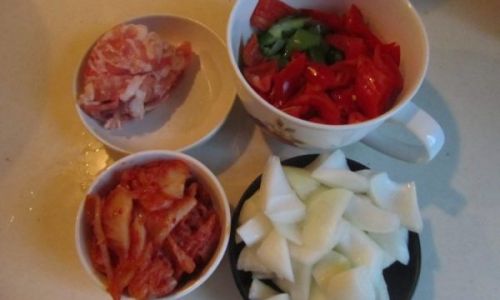
The Stir-Fry Technique: Precision and Heat
Stir-frying is a high-heat, rapid cooking method that demands attention to detail. Begin by heating 2 tablespoons of peanut oil in a wok over medium-high heat. The oil should shimmer but not smoke. Add the marinated fish maw and stir-fry for 2–3 minutes until it begins to curl and brown slightly. Remove it from the wok and set aside; this preliminary searing adds depth and prevents overcooking later.
In the same wok, add another tablespoon of oil. Toss in the garlic and ginger, stir-frying for 30 seconds until fragrant. Immediately add the cabbage, stirring vigorously to coat it in the aromatic oil. Sprinkle with a pinch of salt to draw out moisture and wilt the cabbage slightly. Continue stir-frying for 3–4 minutes until the cabbage is tender yet retains its vibrant green hue.
Sauce Assembly: Balancing Act
The sauce is the soul of the dish, harmonizing saltiness, sweetness, and umami. In a small bowl, whisk together 1 tablespoon of oyster sauce, 1 teaspoon of dark soy sauce (for color), 1 tablespoon of Shaoxing wine, and ½ cup of chicken or vegetable broth. Pour this mixture over the cabbage, stirring to combine. The liquid will deglaze the wok, incorporating any caramelized bits stuck to the surface.
Return the seared fish maw to the wok, gently folding it into the cabbage and sauce. Reduce the heat to medium-low and simmer for 5 minutes, allowing the flavors to meld. The fish maw will absorb the sauce, becoming glossy and infused with the dish’s essence.
Finishing Touches: Texture and Garnish
To elevate the dish, consider adding texture contrasts. A handful of julienned carrots or sliced mushrooms can be introduced during the cabbage stir-fry stage. For a hint of heat, toss in a dried red chili or a dash of chili oil. Before serving, drizzle with a teaspoon of sesame oil and sprinkle with thinly sliced green onions. These garnishes add aromatic complexity and visual appeal.
Troubleshooting Common Pitfalls
Even seasoned cooks may encounter challenges. Overcooked fish maw becomes rubbery; avoid this by monitoring cooking times closely. If the cabbage releases too much liquid, increase the heat to evaporate excess moisture and prevent sogginess. Under-seasoning is another pitfall—taste and adjust the sauce with a pinch of sugar or a splash of soy sauce if needed.
Serving Suggestions: Pairings and Presentation
Stir-fried fish maw with cabbage shines as a centerpiece when paired with steamed jasmine rice or thin egg noodles. For a complete meal, serve it alongside a clear broth soup and a plate of stir-fried greens. Presentation matters: mound the dish on a platter, garnish with cilantro sprigs, and sprinkle with toasted sesame seeds for a restaurant-quality touch.
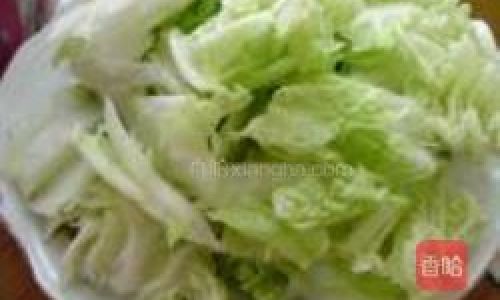
Health Benefits: Nutrition Without Compromise
Beyond its culinary appeal, this dish offers nutritional merits. Fish maw is rich in collagen, a protein linked to joint health and skin elasticity, while cabbage provides fiber, vitamins C and K, and antioxidants. The low-fat cooking method preserves these benefits, making it a wholesome choice for health-conscious diners.
Cultural Context: A Dish of Tradition
In Chinese cuisine, fish maw symbolizes abundance and is often served during festive occasions. Paired with cabbage—a vegetable associated with prosperity—this dish carries auspicious connotations. It reflects the philosophy of yin and yang, where the softness of fish maw balances the crispness of cabbage, creating a dish that nourishes both body and spirit.
Variations and Innovations
Experimentation is key to culinary mastery. For a vegetarian twist, substitute the fish maw with king oyster mushroom stems, which mimic a similar texture when marinated. Adventurous cooks might add fermented black beans or a splash of rice vinegar for tanginess. In coastal regions, shrimp or scallops are sometimes incorporated, transforming the dish into a seafood medley.
Conclusion: The Reward of Patience
Crafting the perfect stir-fried fish maw with cabbage is an exercise in patience and precision. Each step—from rehydrating the fish maw to balancing the sauce—contributes to the final masterpiece. When executed with care, this dish rewards the cook with a harmonious blend of textures and flavors that celebrate the art of Chinese home cooking. Whether served at a family gathering or a solo feast, it stands as a testament to the beauty of simplicity elevated by technique.
Final Tips for Aspiring Chefs
- Invest in high-quality fish maw; premium varieties require less soaking and offer superior texture.
- Use a carbon steel wok for optimal heat distribution and that coveted wok hei (breath of the wok).
- Taste as you go; adjusting seasonings ensures a balanced final dish.
- Practice mise en place—having all ingredients prepped prevents overcooking during the rapid stir-fry.
With dedication and adherence to these principles, even novice cooks can master this dish, turning a humble combination of ingredients into a culinary triumph. Bon appétit!
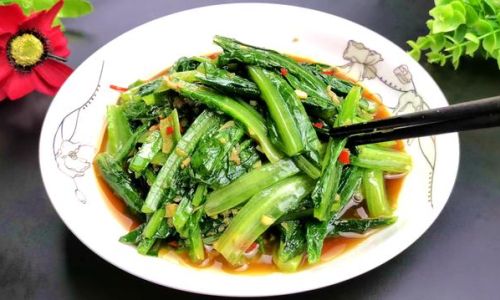
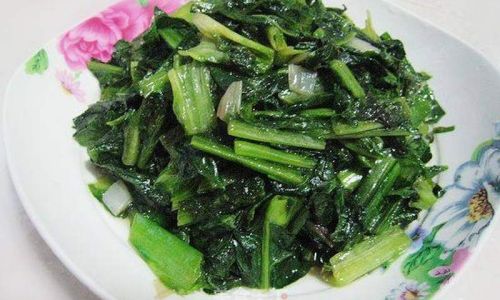
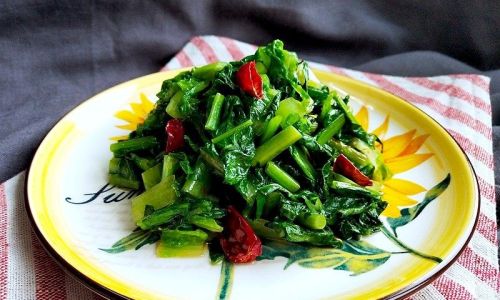



0 comments